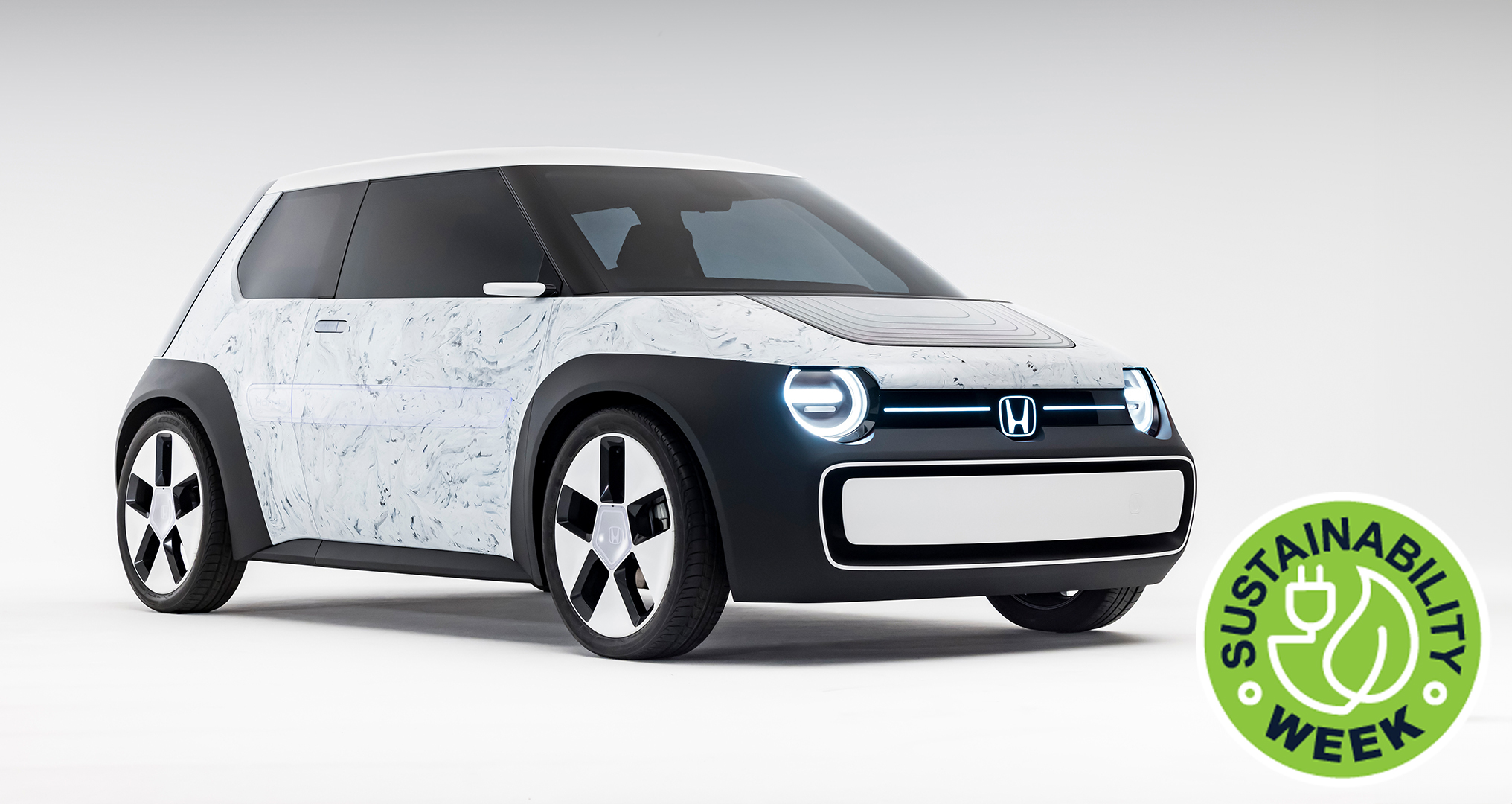
This article is part of a series of sustainability-themed articles we're running to observe Earth Day 2024 and promote more sustainable practices. Check out all of our Sustainability Week 2024 content.
Every year, the beautiful gardens of Milan’s Museo Diocesano are turned into a hive of activity, with established brands and start-ups showcasing innovative and often environmentally-conscious products as part of Milan’s annual Design Week. One of this year's clear highlights was Honda’s achingly cool Sustaina-C Concept.
First unveiled at the Japan Mobility Show earlier this year, where it wore a bold red and blue color scheme, the vehicle was back sporting a much more eye-catching look, while the Japanese brand was up for revealing more about the project. And we've now picked up some exclusive sketches of the concept, which you can see below.
The diminutive but decidedly cool EV boasts lines that are eerily similar to the now largely defunct Honda e, while a pint-sized Pocket Concept folding electric scooter neatly stashes away in the boot for last-mile transport needs. But it is not the powertrain or the folding scooter that are key takeaways, but the exterior panels that physically make up the vehicle.
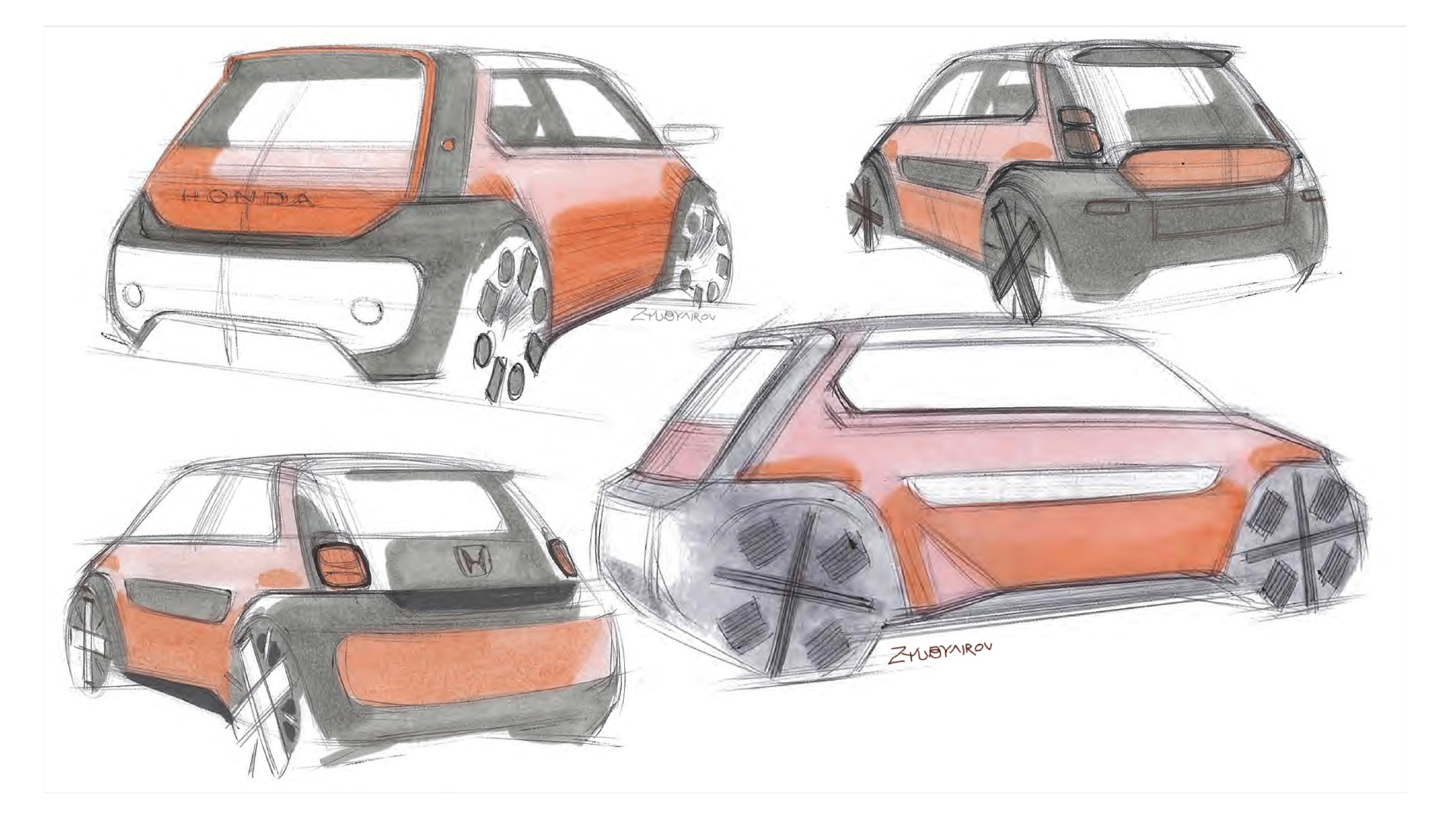
Fashioned from recycled acrylic resin, itself sourced from second-hand taillights, the Sustaina-C concept is the first vehicle of its kind that is, theoretically, infinitely recyclable.
"The benefit of using acrylic resin, as opposed to typically recycled plastic, is that it is the only material we’ve found that can easily be returned to a virgin material," Kento Ishii, Design Project Leader for the Sustaina-C at Honda, told us.
"Acrylic resin can be returned to a completely clear, colorless material time and time again without any degradation when it comes to the performance and physical look of the end product. We can also take donor material from a number of industries, it doesn’t just have to be old taillights," he adds.
Reducing the reliance on carbon
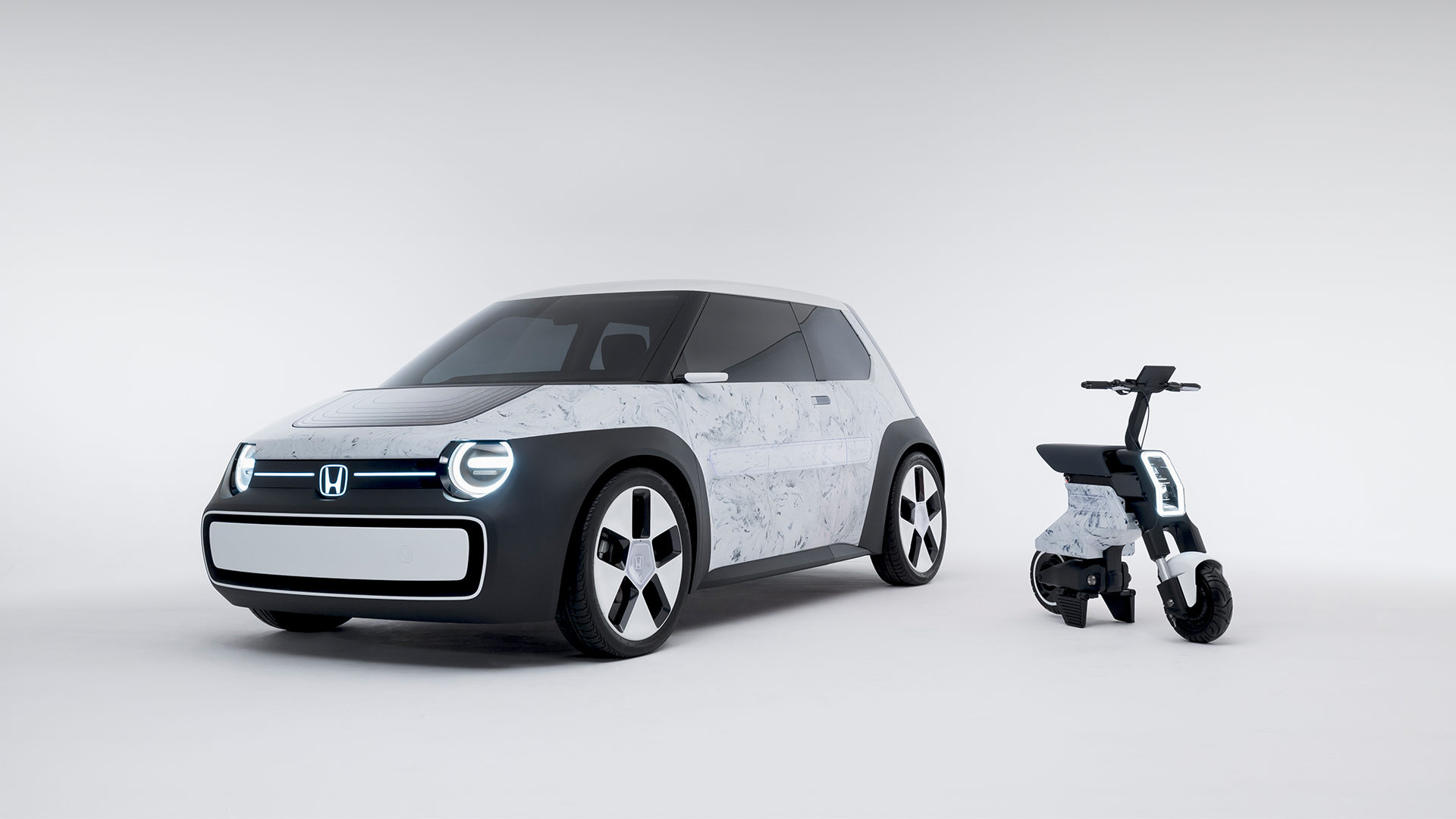
Kento Ishii is hot on sustainability, championing clothing and fashion brands that recycle and reuse fabrics to produce new items. But even he admits there is a limit to how many times one can shred cotton or polyester and return it to a reusable state.
"Sustaina-C proves that we can produce a good-looking electric vehicle that isn’t as reliant on steel or plastic. The panels we have used in this concept are crack resistant, they stand up to the weather and sunlight, and we have even found they can return to their original shapes after a collision," Ishii adds.
The panels are smooth to the touch and free of imperfections, but perhaps funkier still is the ability for Ishii and his team to come up with novel colorings and effects by mixing different hues into the acrylic resin at various melting points.
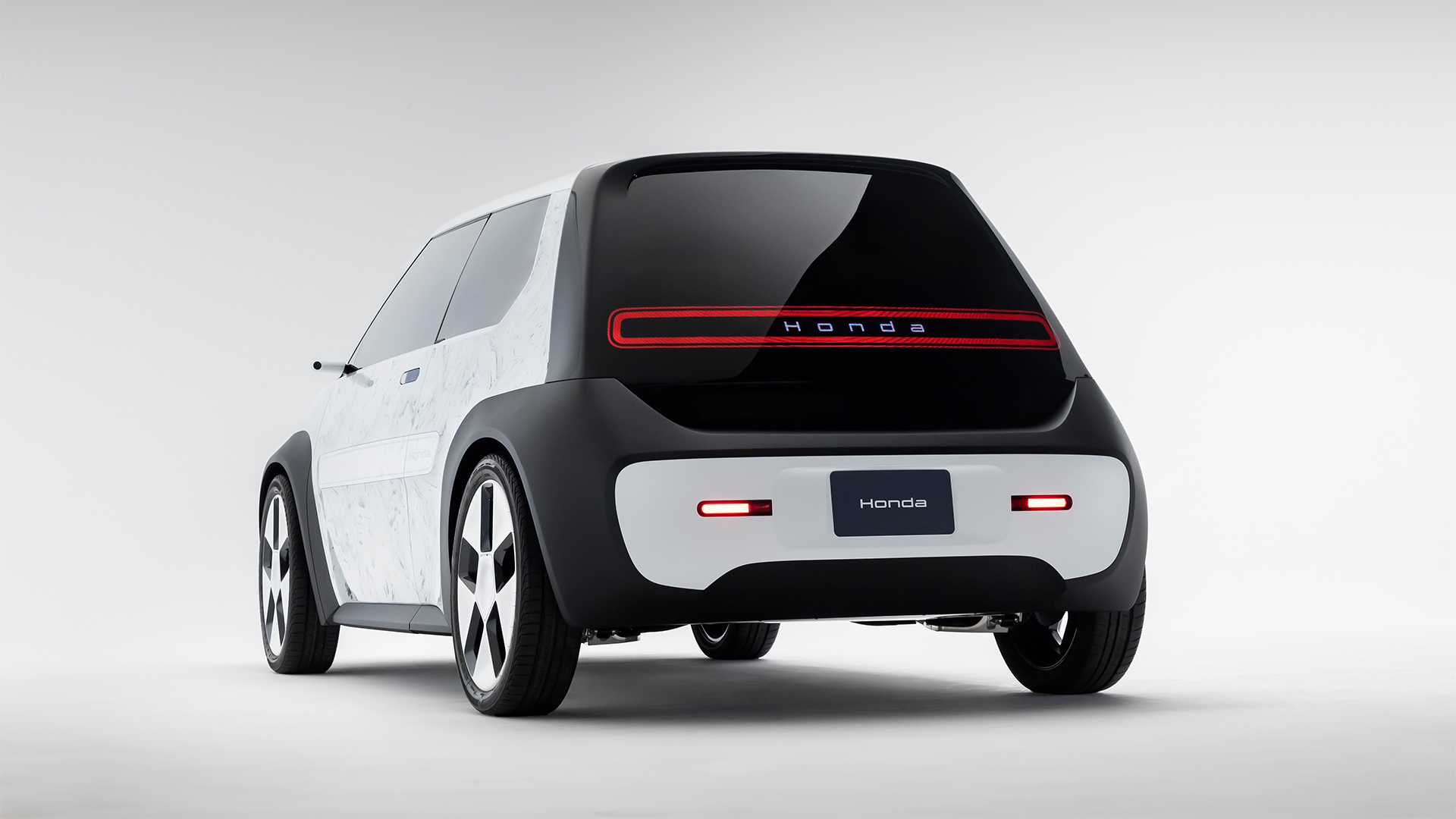
Where the initial concept wore a bold but fairly standard red and blue colorway, the revised Sustaina-C displayed in Milan highlighted a marbled black and white finish, although panels decked out in rose, light blue and yellows were all also on display, all drawing inspiration from flowers and the natural world.
When quizzed about the opportunity for personalization in the future, Ishii agreed that most things were possible, even highlighting that patterns and insignias could embedded into the acrylic resin.
Plus, his team played with the notion of leaving the rearmost panel transparent in the concept vehicle, placing a mini-LED display inside the tailgate that can display messages and basic imagery or emojis that communicate with other road users, or those admiring the car when it’s parked.
Honda wasn't keen on opening the doors to the concept, hoping to reveal its surprisingly production-ready interior at a future event. However, Ishii hinted that the fabrics and plastics that cover most of the inside also bear a sustainability story of their own.
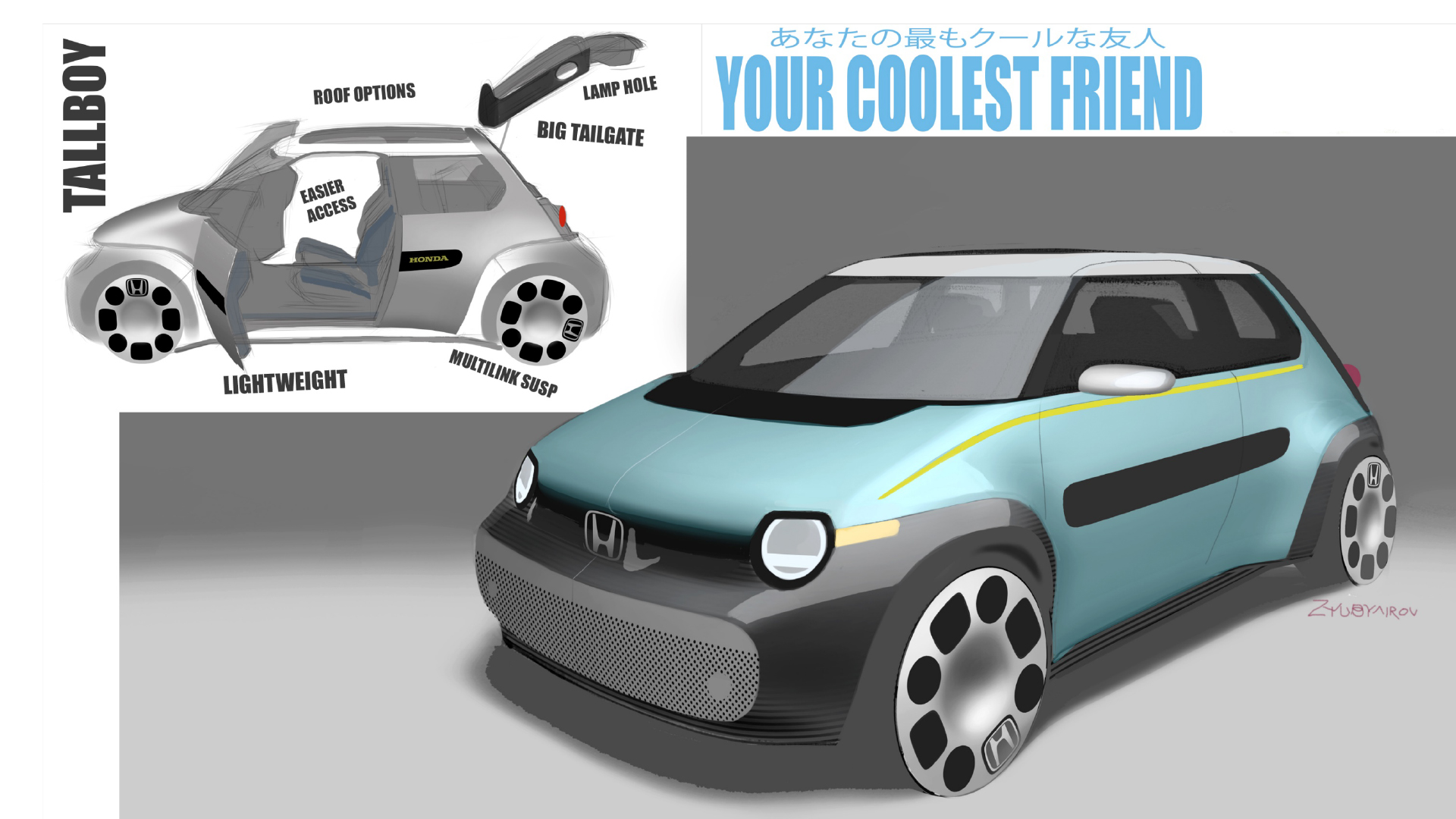
It is highly unlikely that we will see a production version of the Sustaina-C Concept any time soon, nor is the market due to be flooded with infinitely recyclable acrylic resin panels.
But Kento Ishii was keen to point out that producing panels from recycled acrylic on a mass scale doesn't require new stamping techniques or fancy machinery, merely adjustments to the current process.
"At Honda, we like to prove that the concept works and that's what we have done with Sustaina-C and the Pocket scooter. We are looking to achieve greater carbon neutrality in the future and this is one way we could do it," he adds.
Small steps towards sustainability
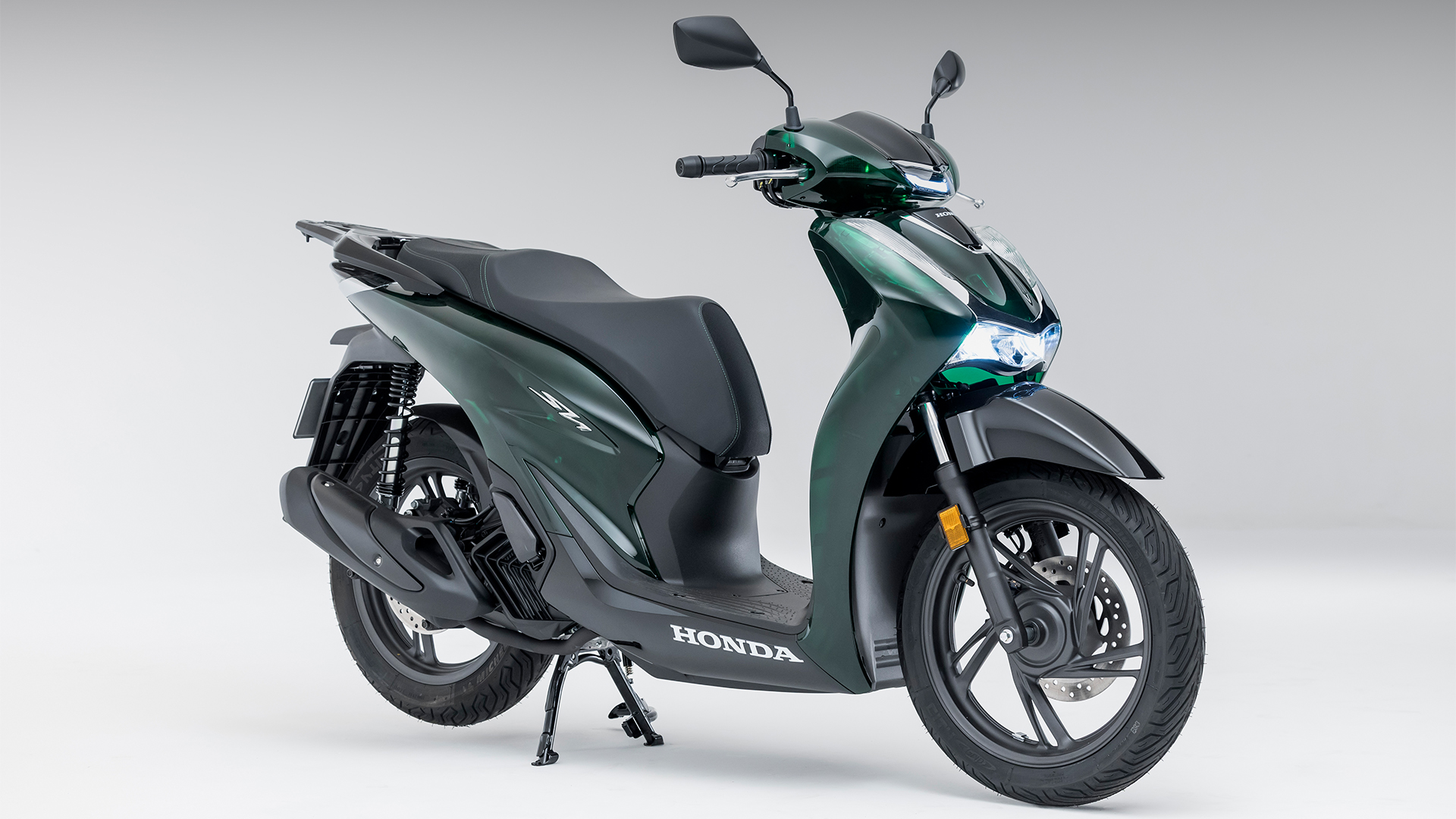
Although the Sustaina-C was the center of attention during Honda’s Milan Design Week activity, we did get a glimpse of a more production-ready initiative in the form of the 'Vetro' edition of the marque’s best-selling SH125i scooter.
'Vetro', which is the Italian for glass, sees semi-transparent panels cover the exterior bodywork, allowing a glimpse into the inner workings of the machinery. These unpainted green panels, which look very similar to a wine or beer bottle, are claimed to reduce CO2 emissions by 9.5 per cent when compared with the manufacturing processes for standard painted ABS plastic fairings.
It’s not quite the idyllic vision of an infinitely recyclable acrylic panel, but Marcello Vinciguerra, Managing Director at Honda Italia Industriale, said that demand for the limited edition finish had been strong, as it offers something stylistically different to what is currently on the market.
"The SH125i Vetro demonstrates how small changes in the materials used can have a tangible environmental benefit," he said.
Honda has set itself a carbon neutrality target across products and corporate activities by the year 2050, with a large proportion of that made up by "vehicle-to-vehicle resource circulation" and the use of only 100 per cent sustainable materials in future models. And that target continues to produce concepts and innovations like the Sustaina-C, we're looking forward to the journey.







